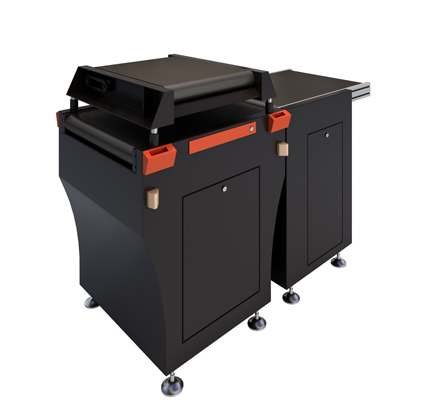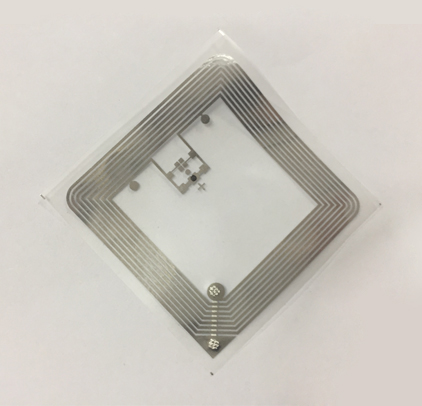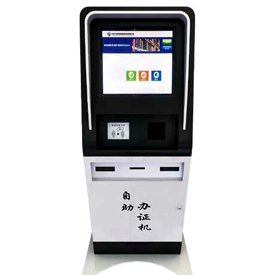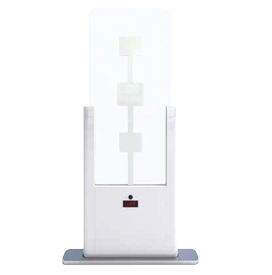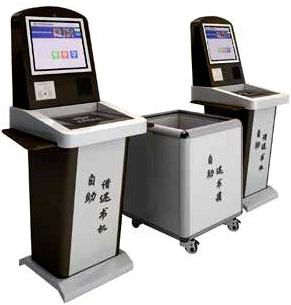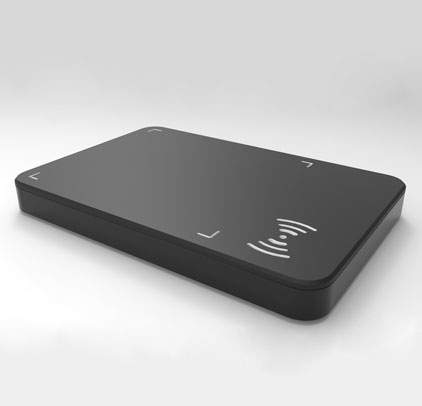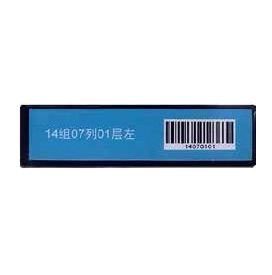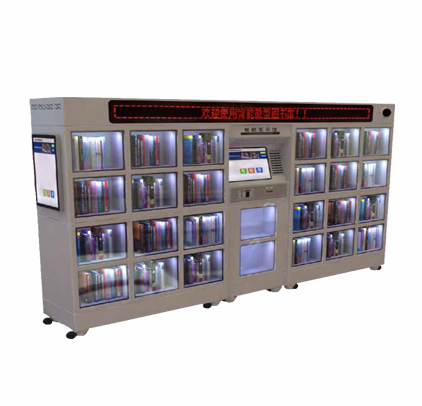
Mini (ubiquitous) library
Mini (ubiquitous) library is an intelligent equipment to provide card handling, inquiries, appointment, book borrowing, returning, renewing and other functions. The product philosophy is in line with the call for reading nationwide. As the extension carrier of university library, primary and secondary school library, public library, community service and office buildings, the mini (ubiquitous) library offers a perfect solution to the last hundred meters of book borrowing problem. It is open to the readers around the clock. The readers can borrow and return books via self-service with a single step, which improves book utilization rate... Meanwhile, through the cloud platform the readers’ reading data is statistically analyzed, in order to provide more accurate and humanized service.
Product Description
-
Mini (ubiquitous) library is an intelligent equipment to provide card handling, inquiries, appointment, book borrowing, returning, renewing and other functions. The product philosophy is in line with the call for reading nationwide. As the extension carrier of university library, primary and secondary school library, public library, community service and office buildings, the mini (ubiquitous) library offers a perfect solution to the last hundred meters of book borrowing problem. It is open to the readers around the clock. The readers can borrow and return books via self-service with a single step, which improves book utilization rate... Meanwhile, through the cloud platform the readers’ reading data is statistically analyzed, in order to provide more accurate and humanized service.
Product Features
-
Working frequency: 13.56 MHz or 902 ~ 928 MHz
Comply with ISO18000-3 or ISO18000-6C
Power consumption: ≤ 200W
Floor area≤ 2m2, specification: 2.7m×1.9m×0.4m
Book volume: 280 books/ standard type
Highly efficient. Less than 10 seconds per book for borrowing and returning.
Clearly visible books, manual operation, excellent reader experience.
Applicable to a variety of indoor and outdoor environment, including classrooms, library halls, office buildings, shopping malls, transport sites (e.g. subway stations), neighborhoods, parks and other cultural and leisure venues.
Copyright © 2017 Ruizhang Technology Co., Ltd. All rights reserved Shanghai ICP recording No.15037914-1
Headquarters: Building No.122, No.4855 Guangfulin Road, Songjiang District,Shanghai, PRC.
Fax.:021-37682632

